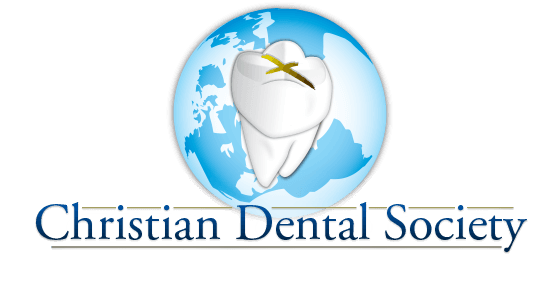Bruxism, the act of clenching and grinding one’s teeth together, is commonly thought of as a childhood concern, something that kids do in their sleep and a habit that they usually just grow out of. While this is the most commonly recognized scenario, bruxism can also affect adults.
Dental professionals describe bruxism in two forms. The first, sleep bruxism, is the most recognizable form and is an involuntary action. it can be brought on by a misaligned bite, a reaction to pain or it could be a result of stress or anger, even in children. Because all the action goes on while the person is asleep, the results may be the key to the diagnosis of sleep bruxism. After some time all that clenching and grinding will wear down the tooth enamel, sometimes so much so that it will become noticeable to your dentist during a routine exam.
Daytime bruxing is most commonly a technique for dealing with stress and affects adults more often than children. It can be brought about by a temporary situation but habitual grinding can lead to tension headaches or chronic jaw pain. Identifying the underlying cause is a big step toward dealing with the habit and since it is done during the waking hours it may be easier to diagnose daytime bruxism.
Feel free to share your concerns via the “ask the doctor’ form on the Meadow Hills Dental website www.meadowhillsdental.com or call for your appointment @ 303-647-4441 in Aurora.








